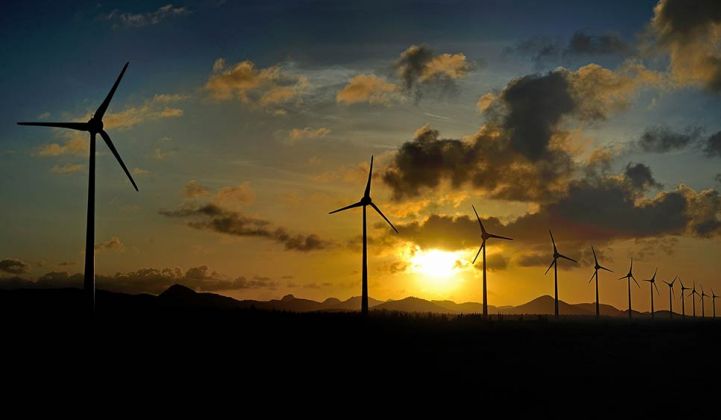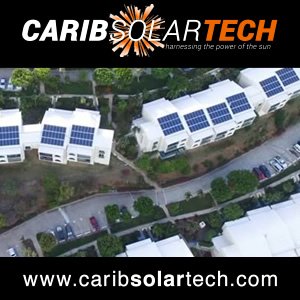Falling energy storage costs and sophisticated control systems are allowing renewables to be the backbone of some Caribbean nations—and providing lessons for mainlands.

In the span of just a few years, the focus at the annual Caribbean Electric Utility Services Corporation conference has shifted from issues around producing electricity from thermal capacity — usually oil — to what blend of renewable options constitutes the best path forward.
It is not just a theoretical question for the future, says Risto Paldanius, director of business development for Wärtsilä’s Energy Storage and Optimization business unit, a longtime attendee of the conference.
“It has clearly shifted, and now that the [levelized cost of energy, or LCOE] for renewables is on par or lower than any thermal generation, it’s all about solar and wind,” said Paldanius. “Then the questions become how to achieve the 100 percent renewable future everyone is talking about without causing disturbances in the grid and effectively managing solar ramp rates and generation optimization.”
They are not questions rooted only in environmental sustainability; they also address life-saving resiliency, as seen with storms that have battered communities and their power grids on many islands with devastating outcomes in the past two years, including in Puerto Rico, the Bahamas and Anguilla.
Read full article on greentechmedia.com
Related advertisements in the Caribbean



